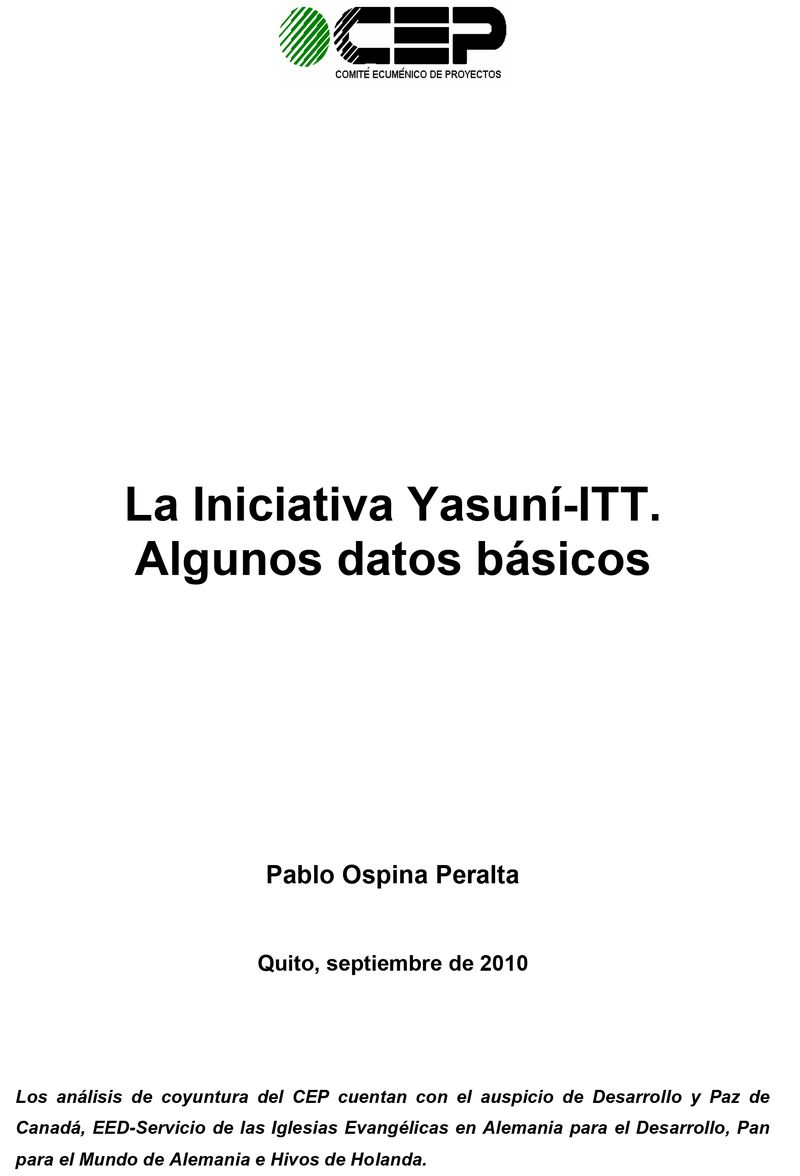New Directions and New Partnerships
James D. Wolfensohn, President of the World Bank Group, addressed the annual meetings of the World Bank and the International
Monetary Fund. He discussed the context in which
the Bank operates today; the role of the Bank in
development now, and in the coming years; what the Bank can
do to achieve its objectives in an effective and accountable





